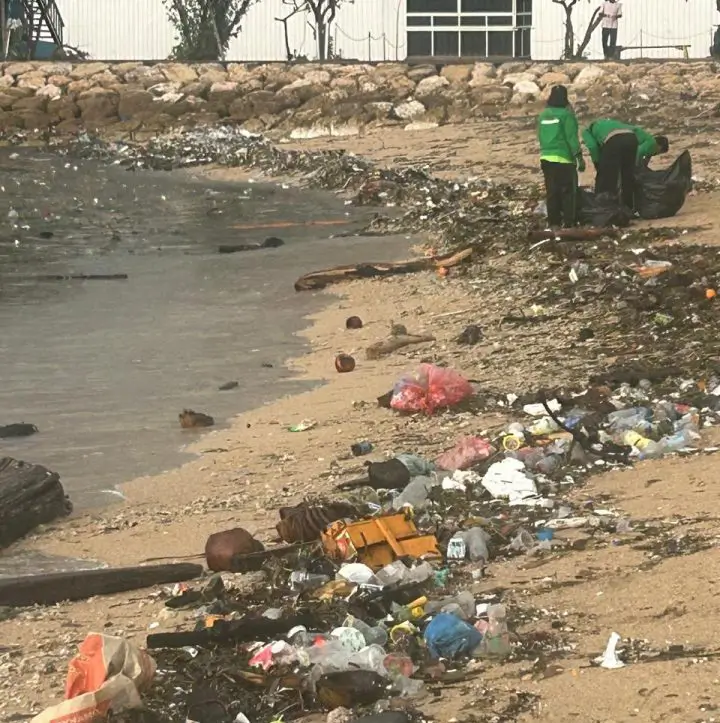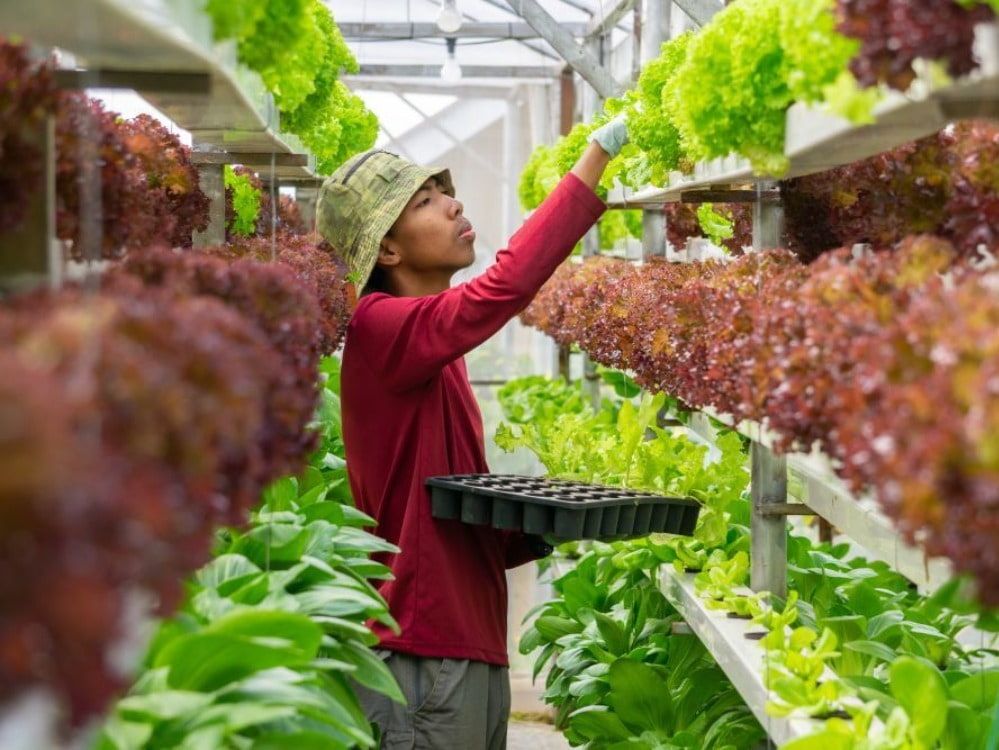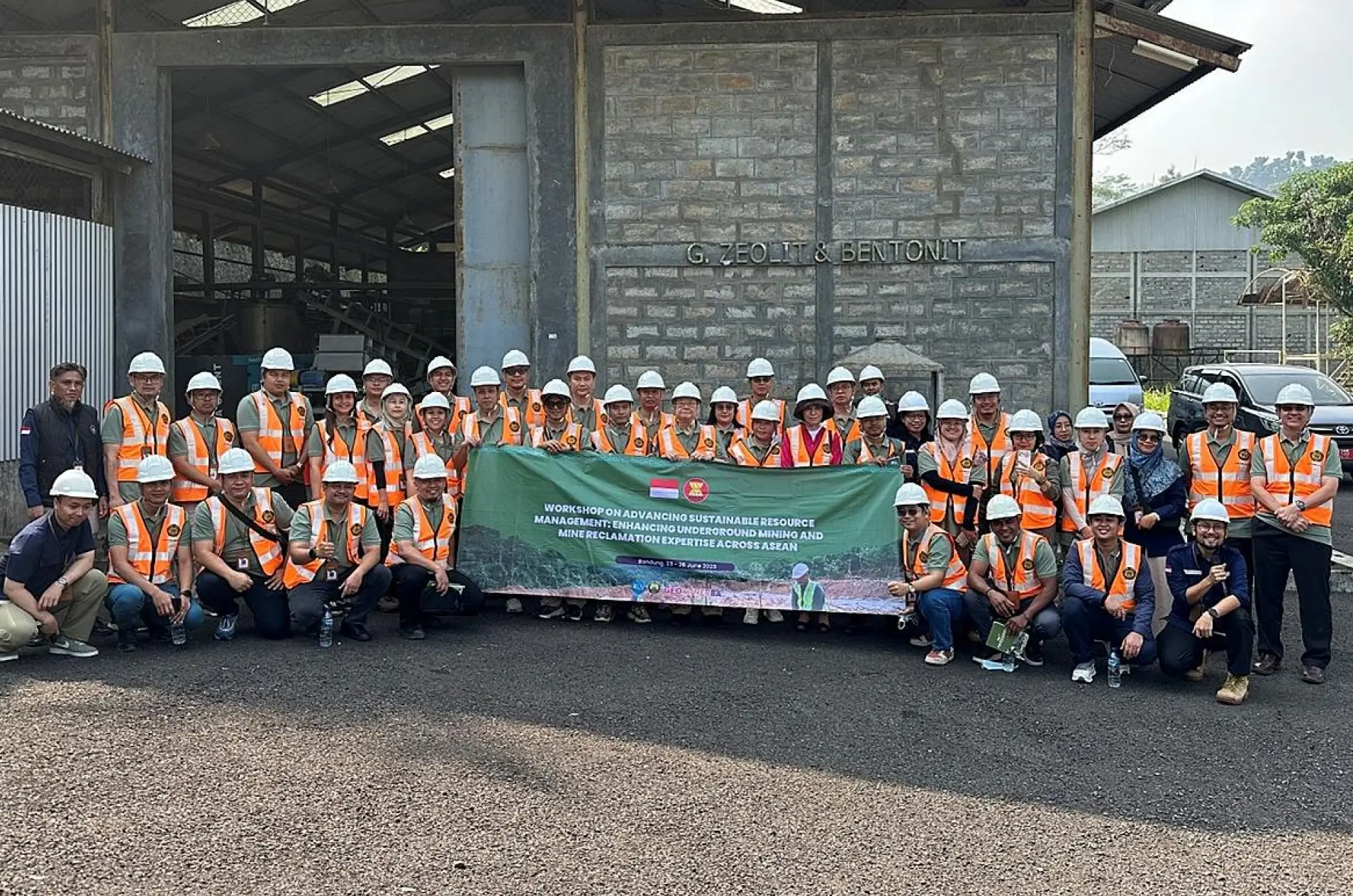By SEAChange editorial staff

Image source: Sanur, Bali / Tom O’Brien
The regional tourism industry has roared back since the pandemic, but its revival carries a steep cost. What were once idyllic escapes are now showing the scars of mass arrivals. The region drew 61.4 million visitor arrivals in the first half of 2024, a 32 percent surge from the year before, according to the Asian Development Bank. Thailand alone registered around 35 million arrivals in 2024, while Malaysia welcomed just over 25 million visitors but still fell short of its official targets. Vietnam, meanwhile, leapfrogged Singapore with a record 17.5 million arrivals, making it the region’s third most visited destination. And in just the first quarter of 2025, Malaysia surged ahead with 10.1 million tourists, outpacing Thailand and underscoring the rapid speed of recovery, according to the Economic Times.
By embracing sustainability now, we’re not just protecting the environment, we’re securing a future where both people and places can thrive together.
— Dr. Maryanne Eva
But with growth has come alarm. A recent Reuters investigation warned that Asia’s post-COVID tourism boom has reignited fears of over tourism, as fragile ecosystems and cultural sites buckle under the return of mass travel.
Against this backdrop, Dr. Maryanne Eva, who joins the One Atmosphere Alliance as an advisor, argues that the region’s tourism model must change or risk collapse. With more than a decade of global experience in climate resilient tourism, she has seen how destinations can either degrade under unchecked growth or recover through regeneration. Her approach champions “sustainable tourism ecosystems,” where visitors, local communities, and the environment all benefit. In practice, that could mean slowing visitor numbers, prioritizing low carbon inter island travel, or investing in regenerative tourism that restores natural landscapes rather than exploits them.
“For small island destinations, the stakes could not be higher,” says Eva. “Every decision we make about tourism impacts the reefs, the beaches, and the communities that call these islands home. By embracing sustainability now, we’re not just protecting the environment, we’re securing a future where both people and places can thrive together.”
Her expertise offers One Atmosphere new opportunities to shape sustainability narratives for travel companies and regional governments seeking to distinguish themselves through climate action and community impact.

